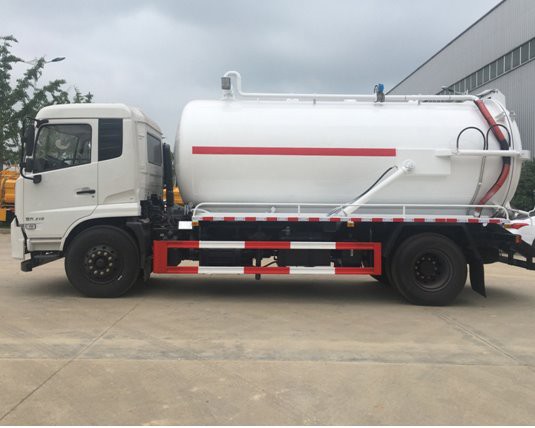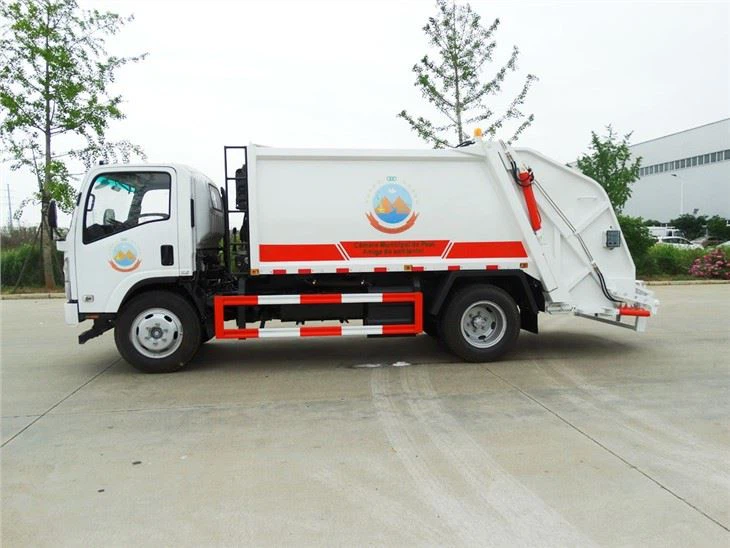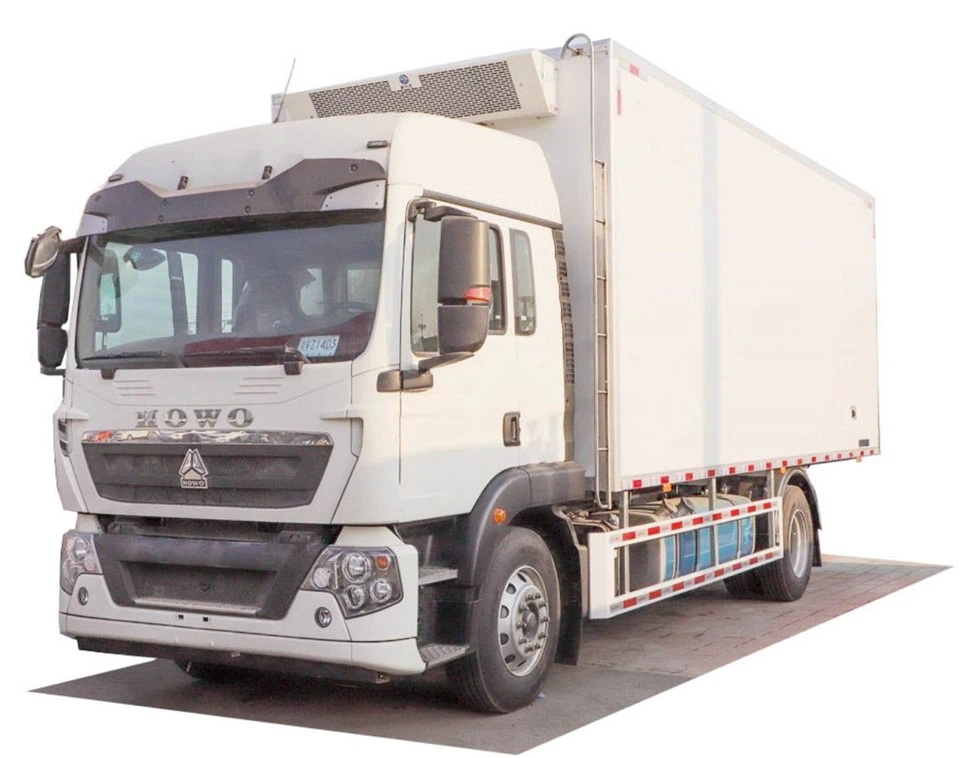Understanding the Different Types of Cabs in Trucks

Trucks are an essential part of transportation and logistics, serving various industries and purposes. One of the vital components of a truck is its cab, which directly impacts the driver’s experience, comfort, and overall efficiency. Understanding the different types of cabs in trucks can help drivers make informed decisions based on their specific needs. In this article, we’ll explore the various types of truck cabs, their advantages, and practical tips for choosing the best one for your requirements.
What is a Truck Cab?
A truck cab is the front part of the truck where the driver and passengers sit. It houses essential controls for driving and often includes various features for comfort and convenience. The design and configuration of the cab can vary significantly, depending on the truck’s intended use, size, and manufacturer. Let’s dive into the main types of truck cabs available today.
1. Standard Cab
The standard cab, also known as a regular cab, is one of the most traditional types of truck cabs. It typically features two front seats and offers limited space for passengers or cargo behind the front seats.
Characteristics of Standard Cabs
- Two doors with a compact design
- Typically less cargo space behind the seats
- Lower price point compared to other cab types
- Better maneuverability, making it ideal for urban environments
Best Uses for Standard Cabs
Standard cabs are well-suited for light-duty applications such as:
- Residential landscaping
- Light construction work
- Personal use or daily commuting
2. Extended Cab
The extended cab offers additional space compared to a standard cab, making it suitable for those needing more passenger capacity or storage space.
Characteristics of Extended Cabs
- Two or four doors, with rear-hinged doors for easy access
- Extended seating area behind the front seats
- More cargo space compared to standard cabs
Best Uses for Extended Cabs
Extended cabs are versatile and can be used in various scenarios, including:
- Family outings
- Work-related travel with passengers
- Hauling equipment for trade or services
3. Crew Cab
The crew cab is designed to provide maximum passenger and load capacity, making it the most popular cab style among drivers who frequently carry multiple passengers.
Characteristics of Crew Cabs
- Four full-sized doors for easy access to the back seats
- Spacious interior accommodating 5-6 passengers comfortably
- Significant cargo space, ideal for toolboxes and gear
Best Uses for Crew Cabs
Crew cabs are perfect for:
- Construction teams requiring transportation
- Family trips or recreational activities
- Businesses that need to transport multiple crew members
4. Flatbed Cab
Flatbed cabs combine the cab of a truck with an open flatbed cargo area, making them ideal for transporting larger or unconventional loads.
Characteristics of Flatbed Cabs
- Open cargo area with no sides or roof
- Flexible for loading and unloading various items
- Can accommodate large or special cargo items
Best Uses for Flatbed Cabs
Flatbed cabs are commonly used in scenarios such as:
- Hauling construction materials
- Transporting heavy equipment
- Delivering oversized loads
5. SUV Cab
SUV cabs, or sport utility vehicle cabs, are designed with a focus on comfort and off-road capability, making them suitable for both urban driving and rugged terrain.
Characteristics of SUV Cabs
- Higher ground clearance and all-wheel drive capabilities
- Roomy interiors with ample passenger seating
- Advanced safety features and technology
Best Uses for SUV Cabs
SUV cabs can be optimal for:
- Outdoor adventures
- Families needing more space
- Drivers wanting a balance of utility and comfort
6. Cab-Over Design
Cab-over trucks feature a unique design where the cab is positioned over the engine, providing better visibility and a shorter overall length.
Characteristics of Cab-Over Trucks
- Improved maneuverability in tight spaces
- More cargo space for a given length
- Ideal for urban logistics and delivery services
Best Uses for Cab-Over Trucks
Cab-over designs are often used in:
- City delivery and distribution
- Waste collection services
- Long-distance transport due to efficient use of space
7. Sleeper Cab
The sleeper cab is designed for long-haul trucking, providing a sleeping area for drivers who spend extended periods on the road.
Characteristics of Sleeper Cabs
- Equipped with a small bedroom and basic amenities
- Often has a refrigerator and storage space
- Can accommodate one or two sleepers
Best Uses for Sleeper Cabs
Sleeper cabs are essential for:

- Long-haul trucking
- Drivers who need a comfortable resting place
- Transport businesses requiring overnight trips
Factors to Consider When Choosing a Truck Cab
Selecting the right truck cab is crucial for maximizing productivity and ensuring comfort. Here are several factors to keep in mind:
1. Intended Use
Your primary use for the truck should guide your choice. For example, a crew cab is ideal for transporting multiple employees, while a standard cab may suffice for personal use.
2. Comfort and Space
If you plan to spend long hours driving, consider a cab with ample space and comfort features to avoid fatigue.
3. Budget
Determine your budget beforehand, as truck cabs can vary significantly in price.
4. Fuel Efficiency
The weight, design, and engine type of the truck can impact fuel efficiency. Evaluate which cab type will offer better mileage for your needs.
5. Resale Value
Some cab types hold their value better than others, so consider how your investment may fare in the future.
6. Features and Technology
Modern trucks often come with tech and features that enhance safety and comfort. Make sure to assess which ones are important for your driving activities.
| Cab Type | Capacity | Best For | Price Range |
|---|---|---|---|
| Standard Cab | 2 seats | Light-duty use | Low |
| Extended Cab | 4-5 seats | Versatility | Medium |
| Crew Cab | 5-6 seats | Family/Work transport | Medium to High |
| Flatbed Cab | 2-3 seats | Heavy cargo transport | Medium to High |
| Cab-Over | 2-3 seats | Urban delivery | Medium |
| Sleeper Cab | 2+ seats | Long-haul trucking | High |
Practical Tips for Maintaining Your Truck Cab
Once you’ve chosen your truck cab, proper maintenance is key to keeping it in top shape. Here are some tips:

1. Regular Cleaning
Keep both the interior and exterior of the cab clean to maintain its appearance and prevent wear and tear.
2. Check Fluid Levels
Regularly check essential fluids, including oil, coolant, and windshield washer fluid, to ensure optimal performance.
3. Inspect for Damage
Watch for any signs of damage to the cab area, including rust or dents, which may require immediate attention to prevent further issues.
4. Maintain Electrical Components
Check the electrical systems, including lights and dashboard controls, to ensure they function correctly.
5. Schedule Professional Inspections
Regular professional inspections can help catch problems before they develop into costly repairs.
FAQ Section
1. What type of truck cab is best for long-distance hauling?
A sleeper cab is generally the best choice for long-distance hauling, as it provides a sleeping area for drivers during their trips.
2. Are crew cabs more expensive than standard cabs?
Yes, crew cabs are typically more expensive due to their larger size and additional features.
3. Can I convert a standard cab into a crew cab?

While it is technically possible, converting a standard cab into a crew cab is not practical and often not cost-effective. It’s better to purchase the cab that meets your needs originally.
4. How do I choose the right truck cab size?
Consider the number of passengers, the amount of cargo needed, and the types of trips you’ll be taking to determine the best cab size.
5. What maintenance is needed for a truck cab?
Regular cleaning, inspection for damage, fluid checks, and maintenance of electrical components are crucial for keeping a truck cab in good condition.
6. Are flatbed trucks easier to load than traditional trucks?
Yes, flatbed trucks offer easier access for loading and unloading due to their open design, which is beneficial for transporting large or heavy items.
